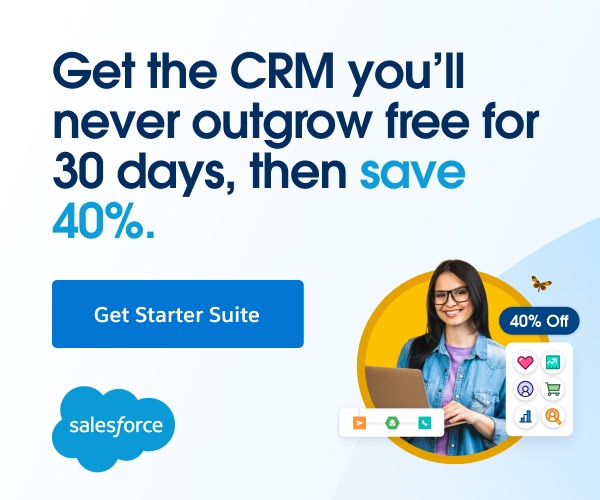As a marketer, I often hear questions from startup founders, especially those with technical backgrounds, about what brand building is and how it can benefit their business.
To give a brief definition, brand building is the process of creating a unique identity, image, and reputation for your business in the minds of your customers and prospects. It helps you stand out from the competition, attract and retain loyal customers, and communicate your value proposition.
But what to consider before you start building a brand for your technology product?
In this article, I outlined four questions you should answer before you start any brand building activities.
1. What does your product offer?
The first question you need to answer is what value proposition your product offers to your target market. What problem does it solve, what benefit does it provide, or what opportunity does it create? What makes it compelling?
Your proposition should be clear, concise, and specific. It should communicate how your product helps your customers achieve their goals, overcome their challenges, or satisfy their needs.
For example, Apple's narrative for its iPhone was "The ultimate device for work and play". It highlighted how the iPhone combines functionality, performance, design, and entertainment in one device.
2. Who is your target audience?
The next step in your journey is to identify the perfect consumer for your offering. Who are they, and what are their characteristics, interests, and behaviours? How do they use technology, what are their pain points, and what are their expectations?
Your target audience should be well-defined and segmented based on relevant criteria such as demographics, psychographics, geography, or technographics. You should also create buyer personas that represent your ideal customers and help you understand them better.
Spotify illustrates a good case for identifying such personas. Earlier in its growth trajectory, Spotify focused on music lovers who wanted to discover and enjoy personalised music streaming. In 2017, Spotify’s marketing, product, and design teams conducted research across different markets to identify whom they were designing for. By applying user-centred design, they crafted five personas for further marketing and growth activities.
3. How do you communicate your brand?
The third thing you need to take into account is how you convey your brand's identity and personality to your target audience. How do you express your brand's characteristics, vision, and mission? How do you choose your brand name, logo, slogan, colours, fonts, and tone of voice? How do you create a memorable brand image across all touchpoints?
Your brand communication should be aligned with your proposition and target audience. For instance, Slack's brand communication is friendly, playful, and collaborative. Its brand name is catchy and easy to remember, its logo is colourful and dynamic, and its brand tagline is "Where the future works".
4. How do you measure your brand performance?
The next question is going to be about how you evaluate the effectiveness of your brand building efforts. How do you track and analyse your brand awareness, recognition, reputation, and loyalty? How do you use data and feedback to improve your brand strategy and tactics?
While there are multiple methodologies and ways to do that, in general, the brand performance is measured using both quantitative and qualitative methods. Some important metrics are brand awareness (the percentage of people who know about your brand), brand recognition (the percentage of people who can identify your brand), brand reputation (the perception of people about your brand), brand loyalty (the degree of attachment and repeat purchase of customers).
Take the example of Netflix: it measures brand performance by its subscriber growth, retention rate, churn rate, customer satisfaction score (CSAT), net promoter score (NPS), social media engagement, and revenue.
It would be a mistake to limit the start of brand building to these questions: in reality, there are many more white spots to explore. But these four pillars described above form the solid foundation for building a successful brand.
Svetlana Stotskaya is a marketing and brand strategist.










